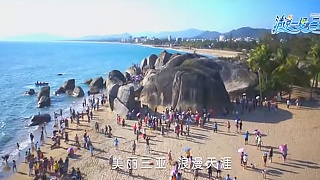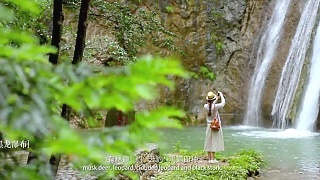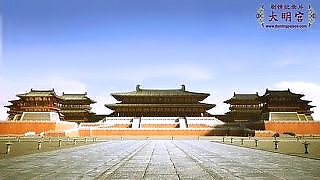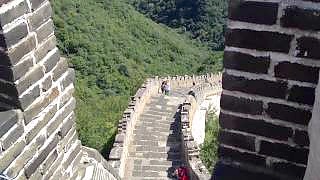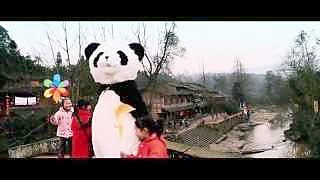
|
A short story for the Chinese New Year.
The Spring Festival is about a new year, a new beginning. A time of renewal, and hope and a fresh start, a time of good-will.
For example, fireworks, apart from being a joy to all, are to scare away bad spirits. One can see this symbolize the breaking of old habits of thought - a spring clean of the mind.
A new year is a new chance for a better life - if you will take it. Keep your eyes open, heart abundant, and strive for a better world. Help others on their journey whenever you can and always share a smile. It may help another, but it will certainly be good for you.
Someday, even the mountains will be gone. But right now we are alive, and we can make a difference.
When faced with bad-will, take it on the chin and return only affection. It might leave a seed for the future; at least, it will not get you down.
As the film says, yes, it is love that brings us closer to happiness ...
Above all, the Spring Festival is a time for family. And ultimately, we are all sisters and brothers breathing the same air ...
|

 Kashgar, KaShi in Chinese 喀什, XinJiang province
Kashgar, KaShi in Chinese 喀什, XinJiang province










